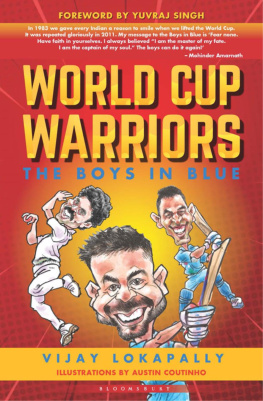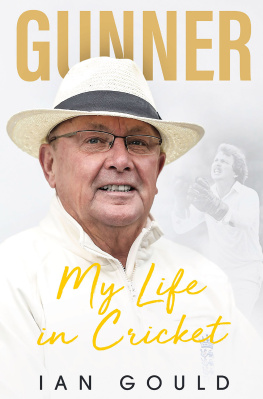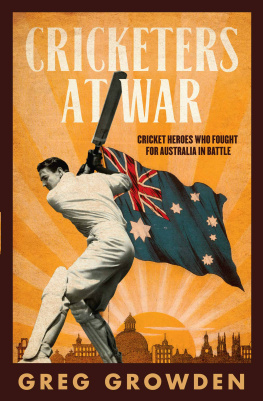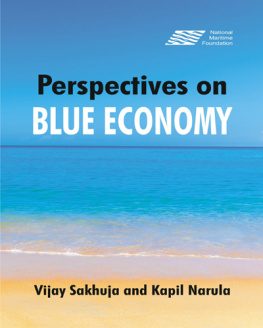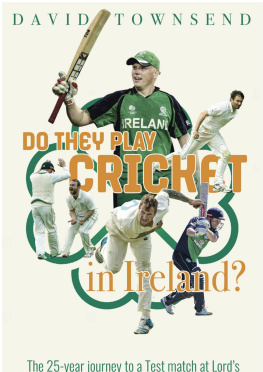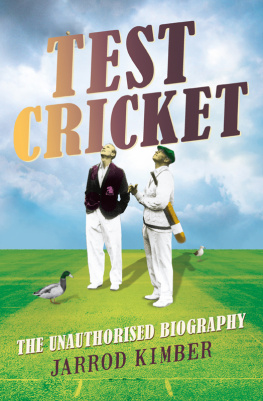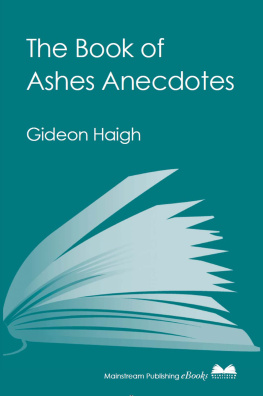Table of Contents

WORLD CUP
WARRIORS
WORLD CUP
WARRIORS
THE BOYS IN BLUE
VIJAY LOKAPALLY
ILLUSTRATIONS BY
AUSTIN COUTINHO

BLOOMSBURY INDIA
Bloomsbury Publishing India Pvt. Ltd
Second Floor, LSC Building No. 4, DDA Complex, Pocket C 6 & 7,
Vasant Kunj, New Delhi 110070
BLOOMSBURY, BLOOMSBURY INDIA and the Diana logo are trademarks of Bloomsbury Publishing Plc
First published 2019
Copyright Vijay Lokapally, 2019
Vijay Lokapally has asserted his rights under the Indian Copyright Act to be identified as the Author of this work
All rights reserved. No part of this publication may be reproduced or transmitted in any form or by any means, electronic or mechanical, including photocopying, recording or any information storage or retrieval system, without the prior permission in writing from the publishers
Bloomsbury Publishing Plc does not have any control over, or responsibility for, any third-party websites referred to or in this book. All internet addresses given in this book were correct at the time of going to press. The author and publisher regret any inconvenience caused if addresses have changed or sites have ceased to exist, but can accept no responsibility for any such changes
ISBN: 978-93-89165-23-4; eBook: 978-93-89165-40-1
2 4 6 8 10 9 7 5 3 1
Created by Manipal Digital Systems
Bloomsbury Publishing Plc makes every effort to ensure that the papers used in the manufacture of our books are natural, recyclable products made from wood grown in well-managed forests. Our manufacturing processes conform to the environmental regulations of the country of origin
To find out more about our authors and books visit www.bloomsbury.com and sign up for our newsletters
For
Akshay Lokapally
Contents
T he 1983 World Cup winning team was the reason for limited overs cricket taking wings in India. The first two editions of the tournament in 1975 and 1979 saw India suffer humiliation, losing even to Sri Lanka, and winning just one of the six matches against East Africa. It may have won inspiring Test series overseas in West Indies and England in 1971, but India was considered a team least suited for shorter format of the game. All that changed in 1983 when Kapil Dev and his men turned the world upside down and created a new order in world cricket. An underdog had emerged as the champion and new heroes had come to capture the attention of the cricket fans.
The triumph of 1983 is well-documented. History was made at Lords when West Indies, champions in 1975 and 1979, surrendered to India in one of the greatest upsets of sporting history. The West Indies has not entered a final in subsequent tournaments even though it has won the Champions Trophy in 2004 and the 2016 ICC World T20 tournament. For India, it was the beginning of a journey that saw the team regain the World Cup at home ground in 2011 after having won the inaugural ICC World T20 tournament.
Cricket has grown enormously over the world as a game wanting to acquire a universal look. It may lag behind football, tennis and athletics in global appeal but there are signs of cricket spreading to nations in Asia and Europe. With womens cricket too looking up and attracting spectators and sponsors with each passing season, the game is looking more competitive. The emergence of Afghanistan and Nepal is an encouraging sign of cricket administrators over the world.
The forthcoming World Cup in England is expected to be the biggest ever in terms of prize money and audience support. Most cricketers look forward to playing in England, which offers arguably the best of facilities. The cricket venues are top class, travelling time for the teams is quite comfortable and the format this time is the best since it allows each team an opportunity to overcome early setbacks, if any.
Most teams are well prepared, given the international calendar. The Indian Premier League (IPL) was an indication of the form and fitness of the many players, who have geared up for the event that showcases the best of world cricket. The World Cup returns to England after 1999 when Australia won the last two encounters in stunning style, both against South Africa. The league victory, by two wickets in the final over, gave Australia the advantage after the semi-final between the teams ended in a tie.
The tournament will see many players make their World Cup debut and some take a bow at the end of it. Greats like Mahendra Singh Dhoni and Chris Gayle could well be making their final appearance in a World Cup. Dhoni, playing his fourth World Cup, obviously backs himself to sign off on a high after having led India to the crown in 2011. For Gayle, winning the World Cup has remained an unfulfilled dream after four attempts. He symbolises the essence of stroke-making even as the modern era is enriched with some entertainers like Virat Kohli, Rohit Sharma, Andre Russell, AB de Villiers (now retired), David Warner and Glenn Maxwell.
The 2019 edition is expected to produce high-scoring matches since cricket promoters in England prefer pitches that favour batsmen. The demands of the audience and the sponsors are uppermost in the minds of the organisers. Last-over finishes were the reason for the success of the 2019 IPL, and the World Cup in England would like to follow the same pattern. The weather conditions do offer challenges, since the ball may swing in some venues, but the organisers expect high-scoring encounters.
India is the favourite for many reasons. The team has a formidable batting line-up with Kohli, Shikhar Dhawan, Rohit Sharma, MS Dhoni and Kedar Jadhav promising to give their bowlers the cushion of a decent total to defend. The team boasts of the most versatile bowling attack where Jasprit Bumrah and Mohammed Shami have emerged as the best opening pair in the world with Bhuvaneshwar Kumar as a strong backup. In spinner Kuldeep Yadav, the team has a mystery element, while Hardik Pandya lends depth to the teams batting and bowling.
Australia is an eternal favourite. With the return of David Warner and Steve Smith, having completed their one-year ban following the ball-tampering episode, Australia can back themselves on the strength of being a well-balanced side. Usman Khawaja brings a calming influence on the batting line-up, which has the explosive Aaron Finch at the top and Shaun Marsh and Maxwell in the middle. Bowling could be a worry for Australia.
England has played some good cricket in the run-up to the World Cup and should consider themselves a strong contender. The team is led by Eoin Morgan, who can look for support from Jason Roy, Joe Root, Jos Buttler, Ben Stokes and Jonny Bairstow. Batting will be Englands strength as the host will attempt to win their first ever World Cup.
Everyone loves the West Indies to excel on the world stage. The great combinations of 1975, 1979 and 1983 set high benchmarks in limited overs cricket but failed to system them. The team, after playing the semi-finals in 1996, never made the grade but experts are expecting a resurgence of West Indies cricket in England. Pakistan, for all their unpredictable nature, cannot be taken lightly and remains a contender. South Africa has been the most disappointing team in World Cup history, never living up their potential. A great at the league stage, they have come as a cropper in knockout situations.
For New Zealand, Sri Lanka, Afghanistan and Bangladesh, a place in the semi-final look like a dream against better-equipped opponents. Even given the uncertain factors of the game, it would be nothing short of a miracle for one of them to figure in the knockout stage.

